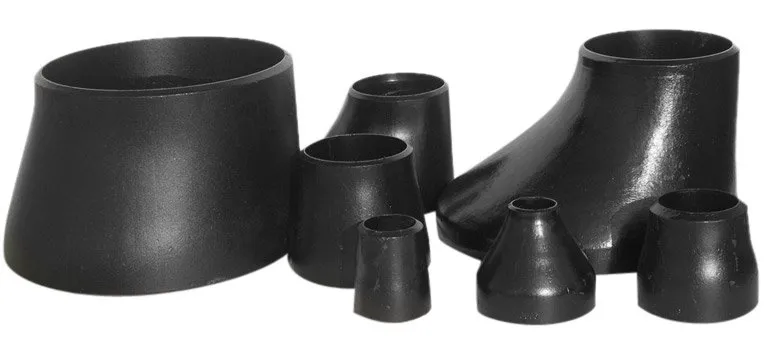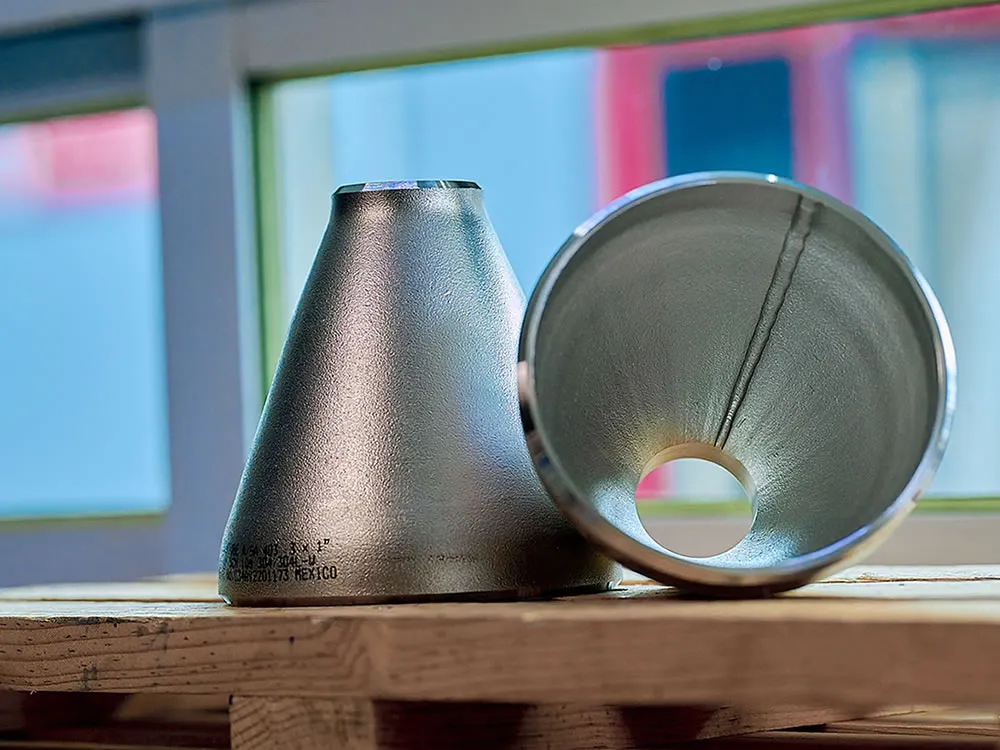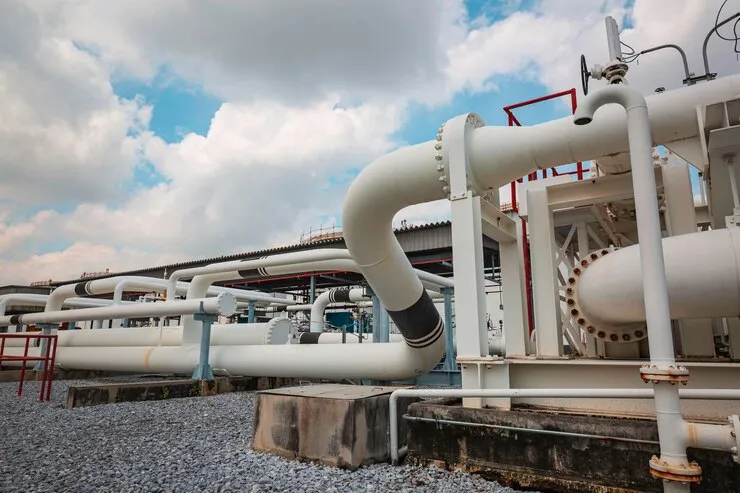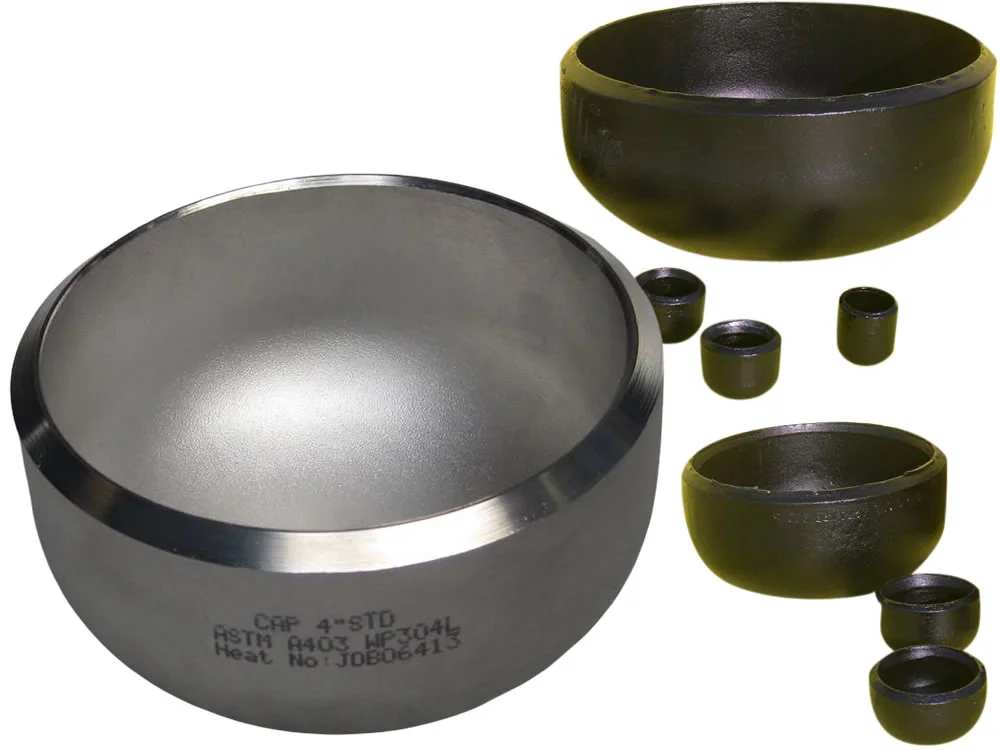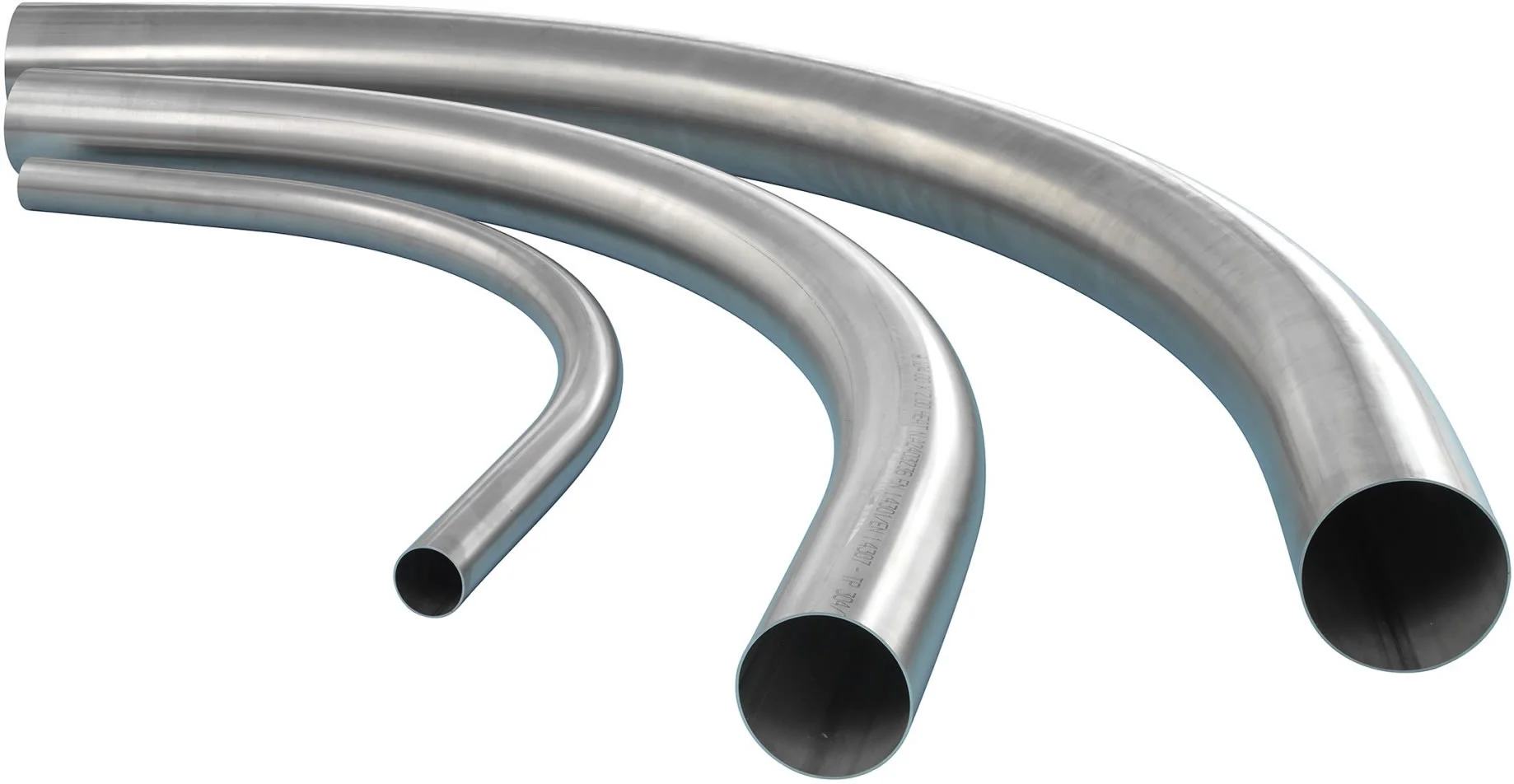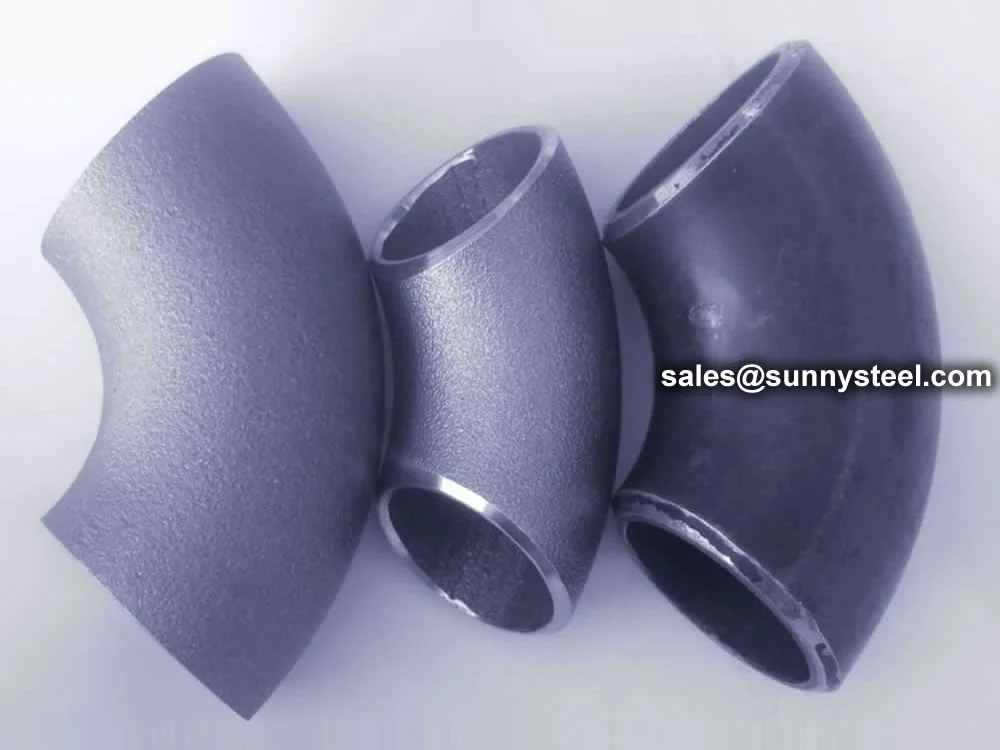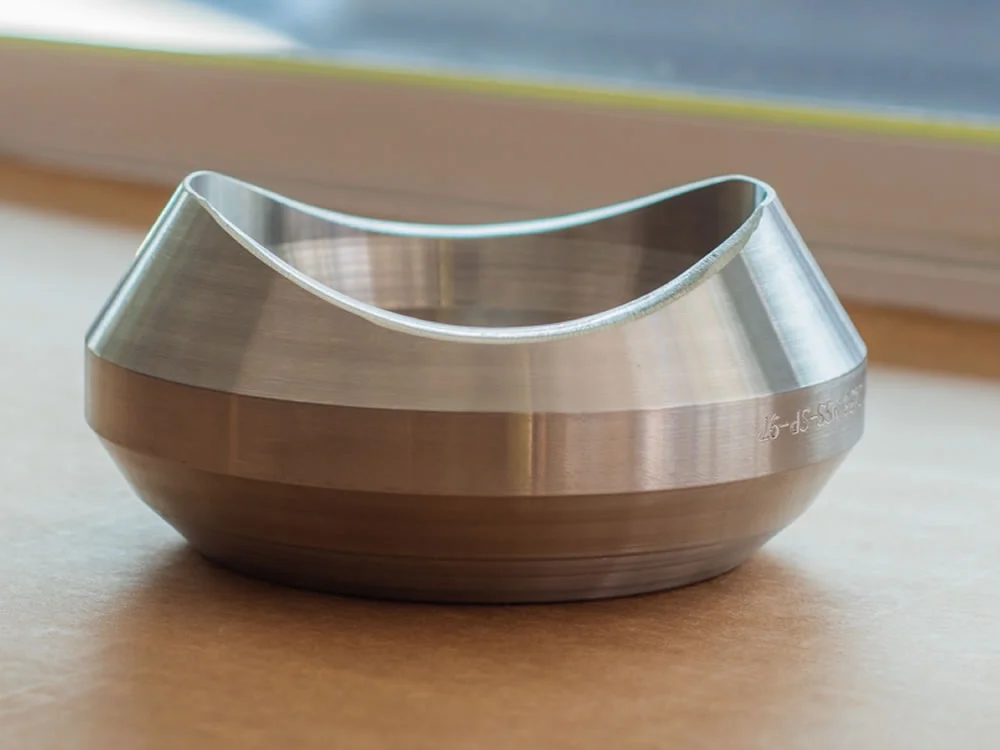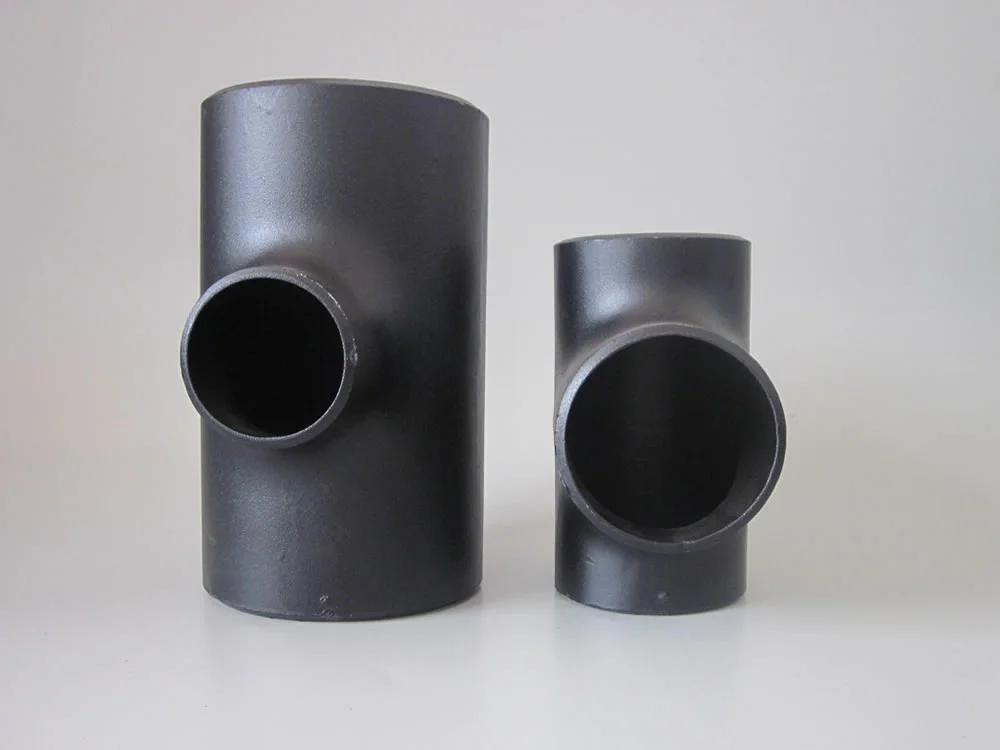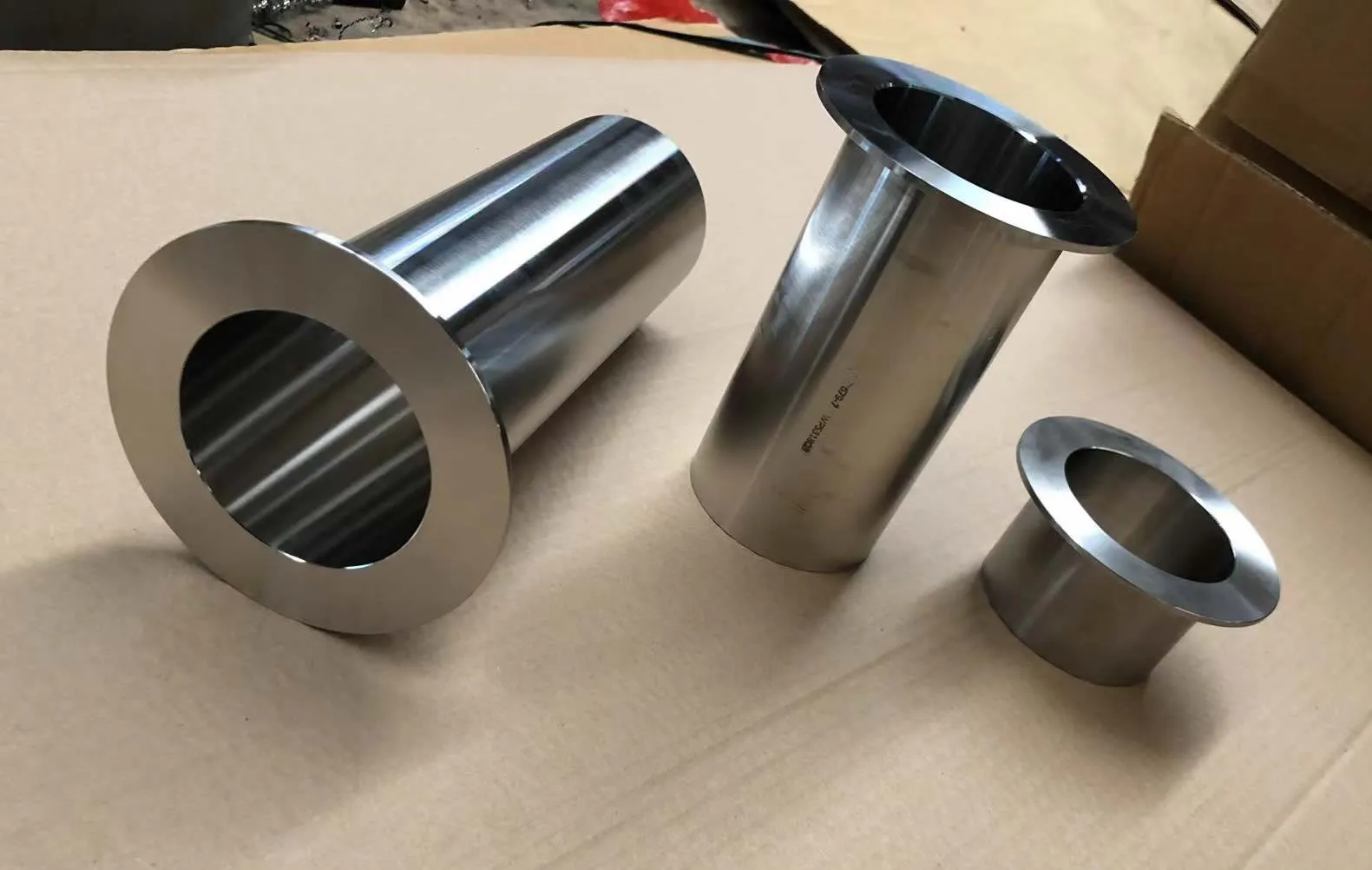Pipe reducers are essential piping components that connect pipes of different diameters, ensuring smooth flow transitions in high-pressure and high-flow systems. Available in two types—concentric reducers (symmetrical, aligned centerlines) and eccentric reducers (offset centerlines for flat-bottom or top alignment)—they are critical for boiler pipeline protection and corrosion resistance in industries like power generation, petrochemical, and chemical processing.
Pipe reducers are manufactured using seamless or welded pipes, with materials such as carbon steel (e.g., ASTM A106 Gr.B), stainless steel (e.g., ASTM A213 TP347H), and alloy steel (e.g., 12Cr1MoVG). They are available in sizes from 1/2" (12.7mm) to 48" (1219mm) nominal diameter, with wall thicknesses from 0.5mm to 50mm, and comply with standards like ASME B16.9 and ASTM specifications. Protective coatings like FBE, galvanization, or passivation enhance corrosion resistance, making them suitable for harsh environments.
Reducers are tested for quality through chemical analysis, tensile testing, hydrostatic testing, and nondestructive methods (radiographic, ultrasonic). With densities ranging from ~7.85 g/cm³ (carbon steel) to ~7.96 g/cm³ (stainless steel) and thermal conductivity suited for high-temperature applications (up to 870°C for stainless steels), pipe reducers ensure reliable performance in high-pressure piping systems (≥9.8 MPa), such as boilers, heat exchangers, and refinery pipelines.
Concentric reducers are ideal for vertical pipelines with uniform flow, while eccentric reducers prevent air or liquid trapping in horizontal systems. Both types minimize turbulence, supporting erosion resistance and efficient fluid dynamics. Applications include cooling systems, structural piping, and high-pressure boiler setups, where pipe reducers address challenges like pipeline corrosion and flow inconsistency.
